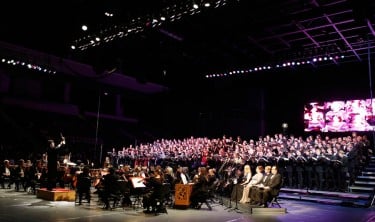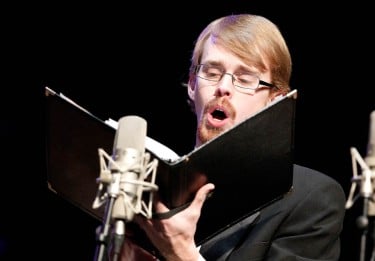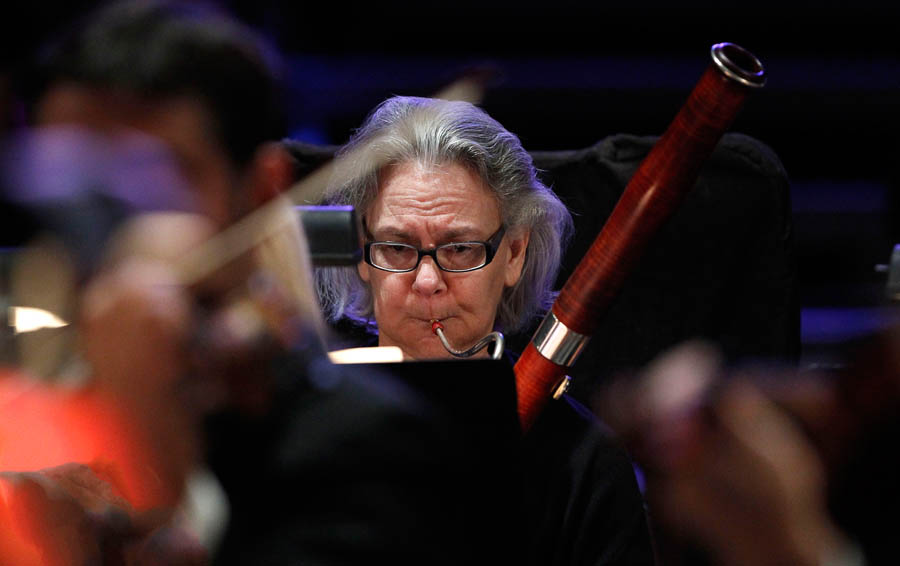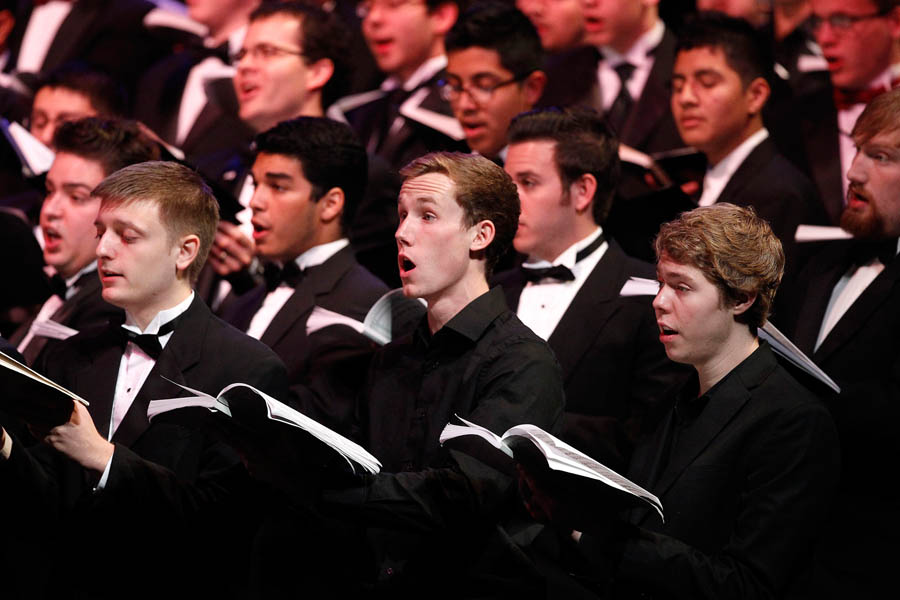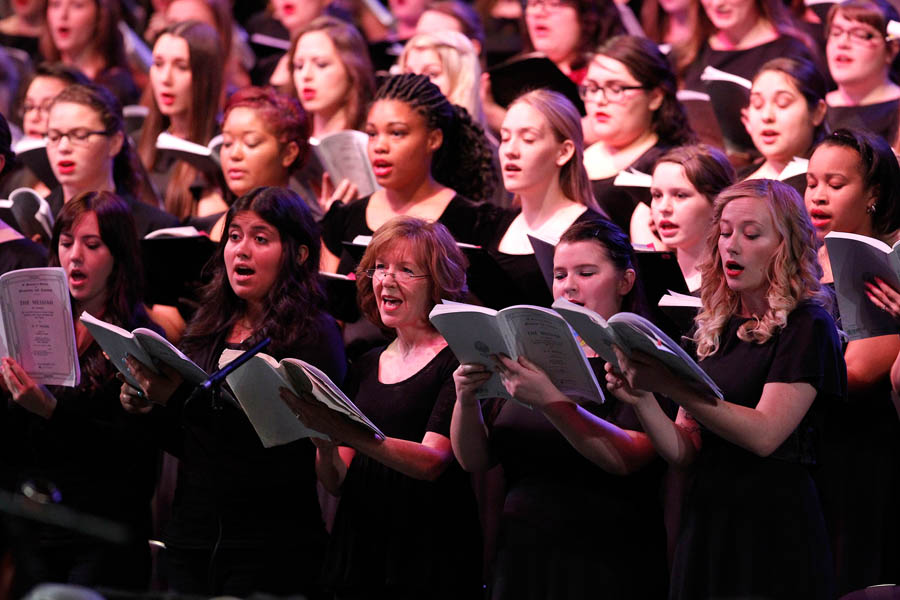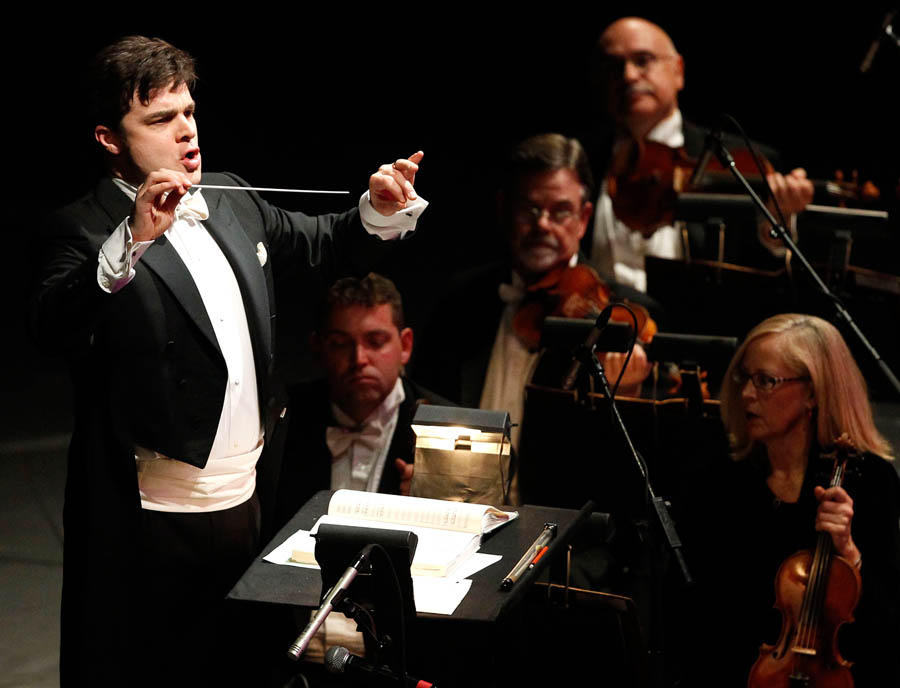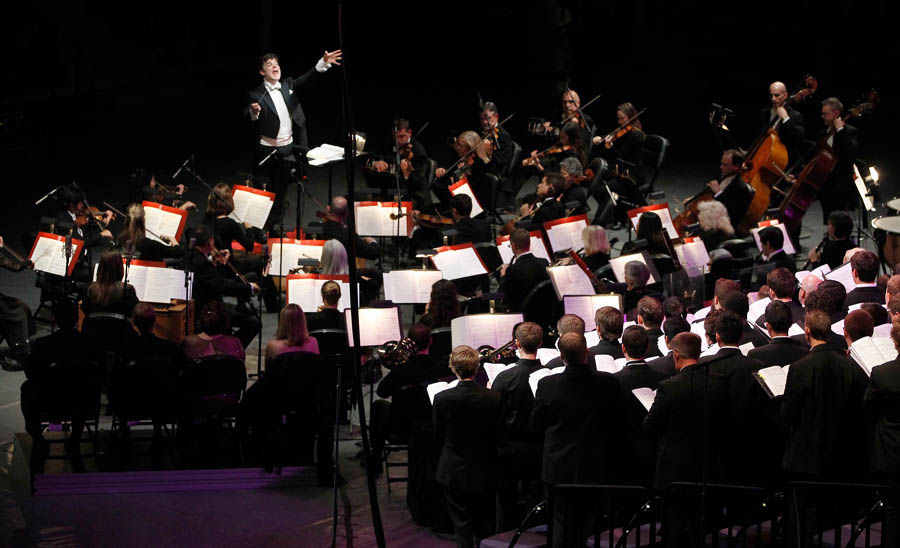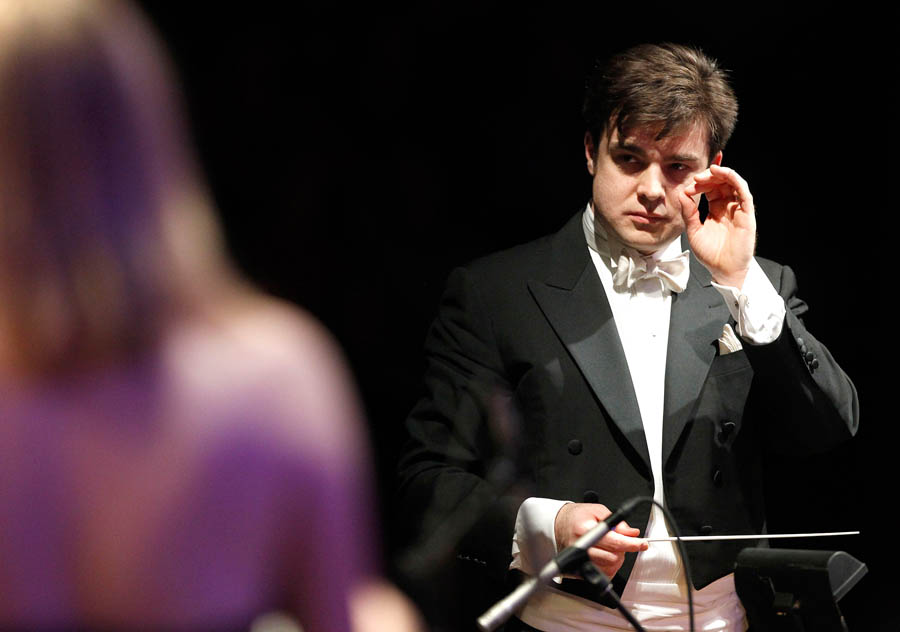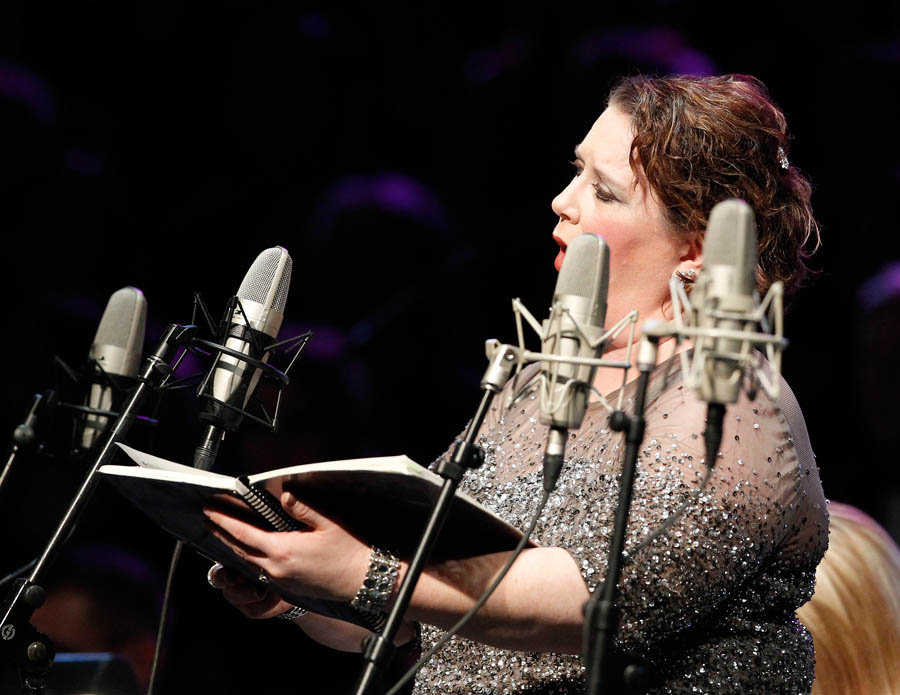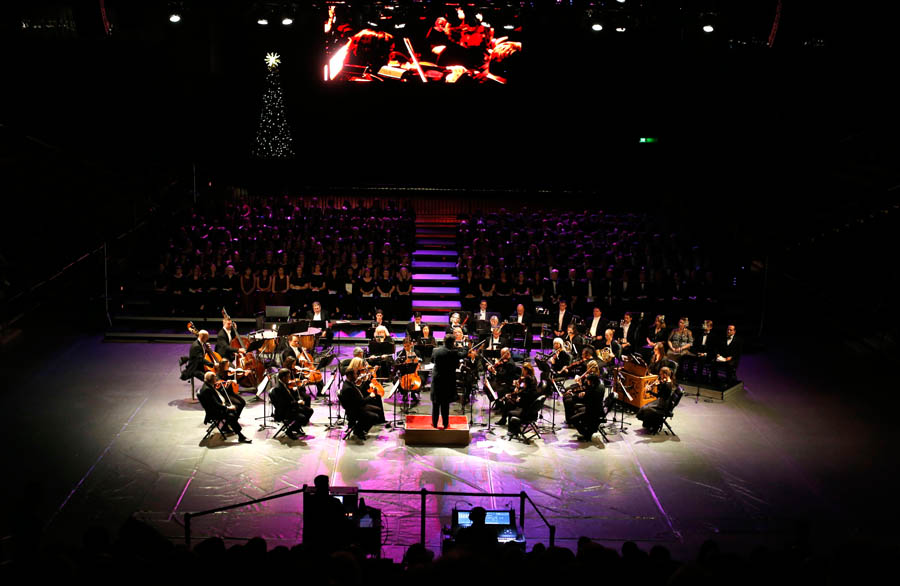Review by Janie Magruder
Photos by Darryl Webb
GCU News Bureau
The temperature outside GCU Arena on Thursday evening was hovering in the 40s – chilly by Phoenix standards, but a relative heat wave for Michael Christie, who recently relocated from the desert to the oft-frozen tundra of Minneapolis.
But inside the building, where Christie conducted the University’s third annual performance of “Handel’s Messiah,” the reception from audience members was warm and the music melted their hearts.
It was the second consecutive year that Christie, who left the Phoenix Symphony six months ago to become music director of the Minneapolis Opera, conducted the 18th-century masterpiece at Grand Canyon University. The affable, 39-year-old Christie remains the symphony’s music director laureate and will take the baton in metro Phoenix this Christmas season for five more performances of George Frideric Handel’s “Messiah.”
Thursday’s concert, which involved 37 symphony instrumentalists and 400 vocalists from GCU, eight area high schools and various church choirs and community choruses, began with praise from Brian Mueller, GCU’s president and CEO, for Claude Pensis, dean of the College of Fine Arts and Production. Pensis had the idea to bring "Messiah" to the University, at a time of year when he and his college have more than enough to do with student choral and dance concerts.
Before taking the baton, Christie thanked Pensis and Assistant Dean Juan Hernandez for building an “amazing collaboration” between the symphony and the University.
From the sweet opening stroke of the violin’s bow in “Sinfony” to the stirring “Worthy Is the Lamb” nearly two hours later, the symphony was flawless. In the crowd-pleasing “The Trumpet Shall Sound,” every note by Emery Harvison, the symphony’s assistant principal trumpet, was breathtakingly crisp.
Two dozen pieces from the three-part “Messiah” were selected for GCU’s version of the holiday classic, among them solo pieces that were superbly performed by Rachel Velarde (mezzo-soprano), Justin Carpenter (tenor) and Christopher Herrera (bass-baritone), all GCU vocal-music instructors, and soprano Andrea Pitman. Velarde’s “Then Shall the Eyes of the Blind Be Opened” was a soothing lullaby, while Carpenter's voice, in “Comfort Ye My People,” was pure heaven.
The chorus was seated in bleachers at the Arena's midcourt, creating a more intimate setting for the 2,300 in the audience in the north bowl. At times, the choral members were bathed in purple spotlights, a nice touch. In “For Unto Us a Child Is Born,” the space seemed to light up with heavenly brilliance during the familiar refrain, “Wonderful! Counselor! Almighty God!”
The Arena’s huge video screen was used to show the musicians in a more up-close-and-personal fashion, and the camera work was as professional as something you might see on a Christmas Eve PBS special. The only distraction was the apparent malfunctioning of the two auxiliary screens during much of the concert's first half. In the absence of printed concert programs, the screens were used to identify for the audience the pieces and the soloists.
A highlight of the performance, as is always the case, was the “Hallelujah” chorus, for which the GCU audience rose (a tradition established in 1743 by England’s King George II) and many sang along. It does not conclude “Messiah,” however, as many believe.
That honor belongs to “Worthy Is the Lamb,” which Thursday evening was nothing short of magnificent. In it, the four vocal parts in the chorus weaved together one small but mighty word in a way that leads us to believe Handel must have been inspired when he penned “Messiah” in only 24 days.
It is the last word in the Bible, one that is defined as “so be it.”
Amen.
Contact Janie Magruder at 639.8018 or [email protected].

